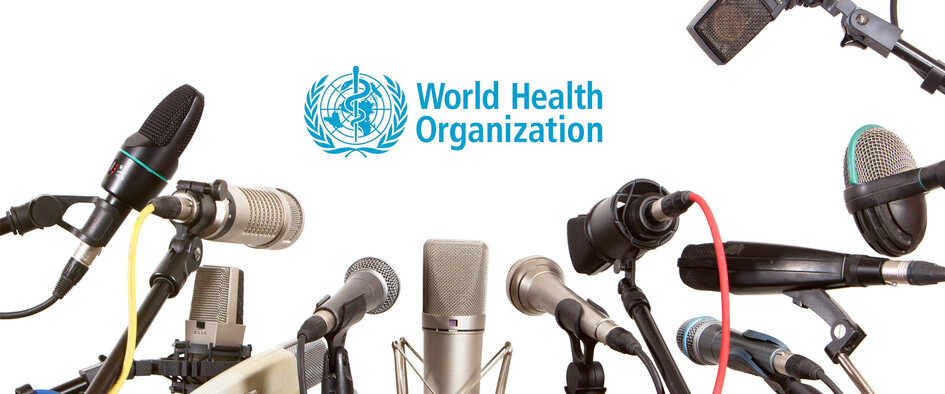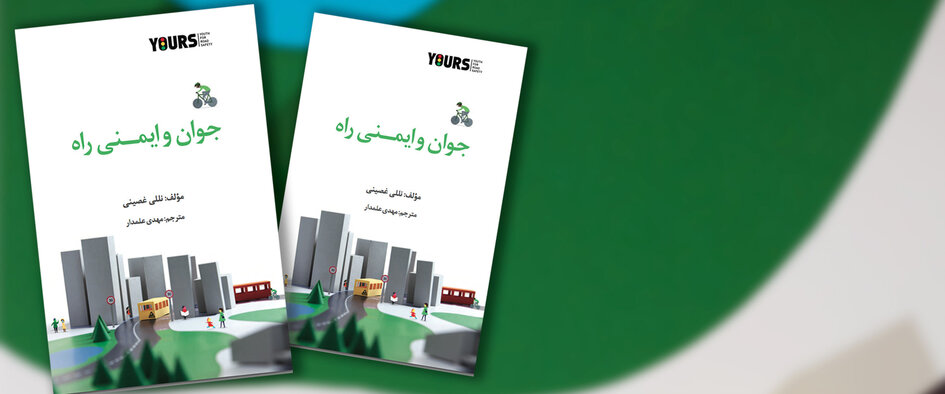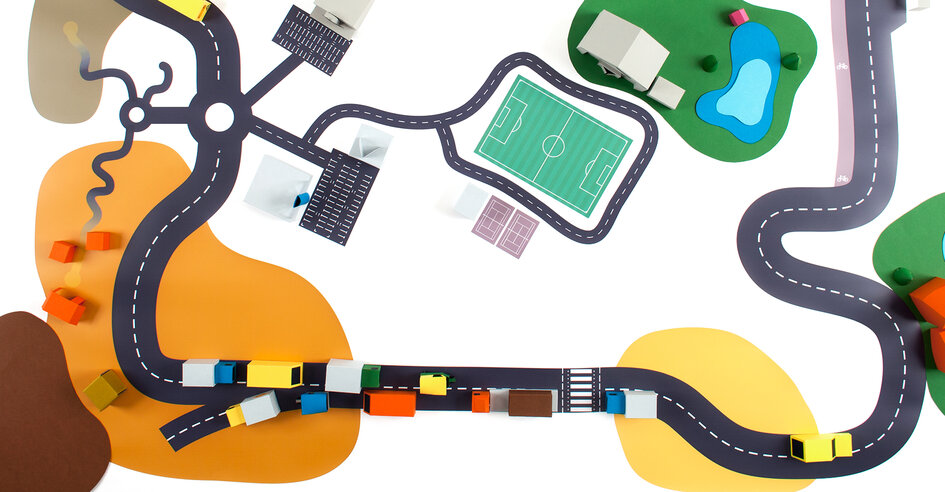
Social U – two webinars on social media from the Global Alliance
The Global Alliance of NGOs for Road Safety represents organizations from all across the world. They recently launched an ‘Alliance Empowerment Programme’, which aims to build to skills, knowledge and capacity of members. In the programme, member organizations will learn how to better design and implement initiatives that significantly reduce the risk of injury and fatality on the world’s roads. In a two part webinar series called ‘Social U’, top tips are shared on maximizing the use of Facebook and Twitter as an organization working in the road safety field.

The Global Alliance mobilizes and empowers NGOs from around the world. Together we act to make roads safer for all and advocate for road victims’ rights.
The Global Alliance of NGOs for Road Safety announced the launch of the “Alliance Empowerment Program,” a capacity building program sponsored by FedEx. It aims to improve the ability of non-governmental organizations (NGOs) working in road safety around the world to design and implement initiatives that significantly reduce the risk of injury and fatality on the world’s roads. Find Program Backgrounder HERE.

Social U – Webinars on Facebook and Twitter
These are two webinars that will help you improve your presence on Facebook and Twitter as an organization working in the road safety field. The webinars include how you craft an effective message for Facebook and Twitter, photo handling, ways to drive engagement, followers, trending, and give you some best practices, dos and don’ts.
Often, organizations aim to build on online presence but sometimes lack the knowhow on how to share their work effectively as well as maximizing interaction and potential leads for collaboration.
These two webinars offer a insight into some of the tips and we encourage our Youth Champions to check it out and see if there are some new tips you may be able to pick up!


















